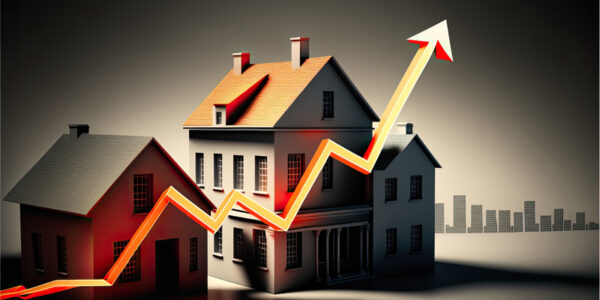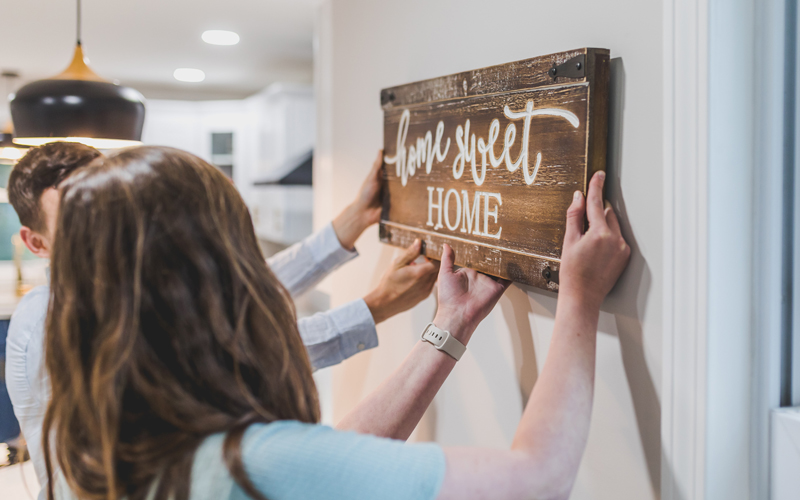The housing affordability ‘crisis’ has been in the media for months, but all is not what it seems.
I know, I’m just as surprised as you. But these are the facts.
It goes against every report in the media – and what every adult child is telling their parents – that it has never been harder to get into the property market and housing affordability is a nightmare, crippling household finances.
But every two years the Australian Bureau of Statistics puts out its Housing Occupancy and Costs study which “… collects data from households to measure levels of housing occupancy and costs and how these change over time.”
This latest study was up to the end of the 2019/20 financial year. Among the facts and figures, a measure of housing affordability for homeowners paying off a mortgage has improved to its best level in almost 30 years.
Decreased weekly costs
Average weekly housing costs decreased to $493 for owners with a mortgage (down $5 per week from $498 in 2017/18) and no change for owners without a mortgage ($54). Housing costs for renters increased by $2 to $379 (2017/18 $377).
Meanwhile housing costs as a proportion of gross household income for home owners with a mortgage fell from 15.9 per cent to 15.5 per cent. This is the lowest ratio in the series back to 1990. For renters, housing costs as a proportion of gross household income fell from 20.2 per cent to 19.9 per cent.
Now, since the end date of the current survey of June 2020, interest rates have fallen overall, home prices have risen (and then eased in Sydney and Melbourne) and household incomes have also risen. So there have been changes in the market which have arguably balanced each other out in terms of any overall change in affordability. But we’ll have to wait for the next survey to find out for sure.
Other interesting facts to come out of the survey:
- The share of households living in apartments stands at a record 16.6 per cent. Interestingly in the following two COVID years, demand for free-standing houses has lifted because of more people working from home. The question is whether the trend will continue in the ‘living with COVID’ environment.
- The share of people owning their home outright or paying off a mortgage remains historically low. This could be a combination of Aussies struggling to save for a deposit or preferring to focus on lifestyle, rather than the financial commitment/restrictions of home ownership.
- In 2019/20, 29.5 per cent of households owned their home outright; 36.8 per cent were home owners with a mortgage; and 31.4 per cent were renters. The 66.2 per cent who were homeowners was unchanged on the previous 2017/18 survey result. Over the past two decades the ABS says total home ownership (with or without a mortgage) decreased from 71 per cent to 66 per cent; without a mortgage decreased from 39 per cent to 30 per cent; with a mortgage increased from 32 per cent to 37 per cent.
- There were 32.8 per cent of households with two employed persons, the highest proportion in the 25-year history of the data. There was 2.56 people on average in each house, which is the smallest result in 12 years.
- 69.1 per cent of households lived in a separate house – the smallest share in the series back to 1994/95. The proportion of households in a semi-detached, row or terrace house, townhouse (13.9 per cent) or apartment (16.6 per cent) were the highest on record.
- There were 3.1 bedrooms in the average home, down from 3.2 bedrooms in the previous survey in 2017/18.
- In 2019/20 dollars, the median value of a dwelling was $600,000; the median amount of the mortgage outstanding was $275,000; and the average gross household income per week was $2,329.





























Trending